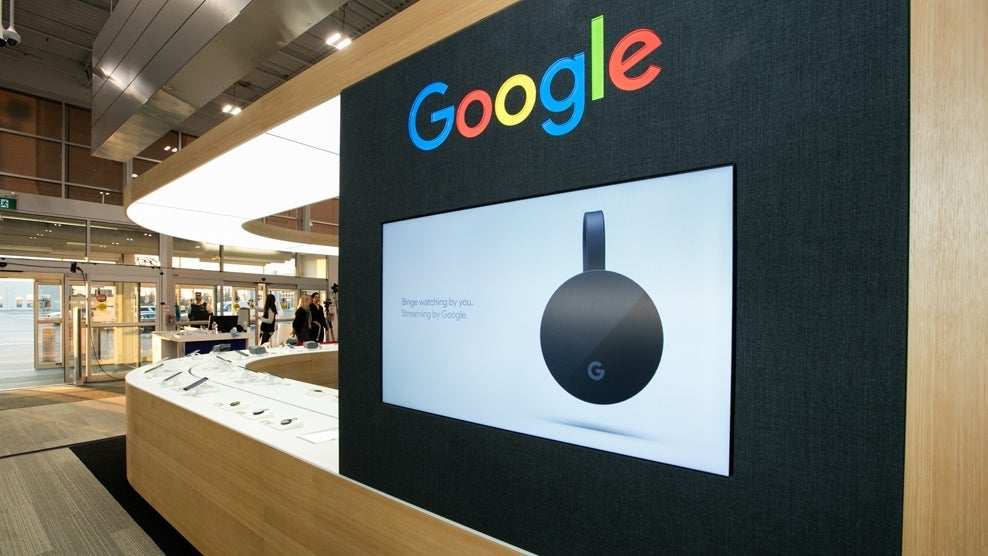Table of Contents
ToggleGoogle’s Expansion Plans: Retail Stores Opening in India
As one of the leading tech companies globally, Google has primarily operated its retail presence within the United States, but this is about to change. While Google has had some smaller "Google Shops" located in Best Buy stores in Canada and once had a store in London, it hasn’t established any standalone Google Stores outside of the US. However, exciting new developments are on the horizon as the company prepares to launch its first physical retail locations in India.
The New Frontier: India’s Retail Market
India has emerged as a significant growth market for technology companies, and Google is keen to tap into this potential. Sources indicate that Google is in the final stages of selecting prime locations for its retail stores in India, with New Delhi and Mumbai being strong contenders. These cities are crucial not only for their large populations but also for their status as major urban centers.
Possible Locations
- New Delhi: The capital city, known for its vibrant culture and technological landscape.
- Mumbai: The financial capital of India, attracting both local and international businesses.
One specific location under consideration is Gurugram, which lies close to New Delhi. This area is home to many global tech firms, including Uber and Meta, making it an attractive spot for Google’s first store in India.
Store Specifications and Timeline
The proposed Google Stores will be large, covering roughly 15,000 square feet each. Google has not publicly disclosed the exact timeline for these openings, but sources suggest that it could take around six months to launch the first store after receiving necessary regulatory approvals.
Competitive Landscape
Google’s move into retail comes as part of a broader strategy to compete with Apple, which recently opened its own stores in India. Apple CEO Tim Cook inaugurated stores in Mumbai and New Delhi, establishing a direct-to-consumer sales model that has proven successful for Apple worldwide. Currently, Google relies on third-party retailers to sell its products in India, similar to Apple’s previous approach prior to its retail expansion.
Learning from Apple’s Success
Apple has more than 500 retail stores globally and has leveraged these locations to significantly boost sales. Now, Google aims to implement a similar strategy, which could potentially increase its market share in India.
The Growing Smartphone Market in India
India’s smartphone market presents a lucrative opportunity for both Google and Apple, as well as many other tech brands. The smartphone user base in India has now surpassed 712 million, making it one of the largest in the world. However, Google’s Pixel smartphones currently hold only a modest 2% share in India’s premium smartphone segment, in sharp contrast to Apple, which commands approximately 55% of the market for devices priced above $520.
Investment in India
To solidify its presence in this growing market, Google has pledged a substantial investment of $10 billion in India. This investment reflects the company’s commitment to not only establishing physical retail locations but also enhancing its services and product offerings tailored to Indian consumers.
Looking Ahead
The successful establishment of Google Stores in India could pave the way for further retail expansion in other markets outside the US. If these initial locations perform well, it’s likely that Google will consider opening additional stores in different regions to enhance customer engagement and drive sales.
Conclusion
With its plan to open retail locations in India, Google is taking a significant step towards building a strong foothold in a vital market. By learning from successful retail models like Apple’s and investing heavily in the region, Google aims to increase its market share in the competitive smartphone industry. The upcoming stores in New Delhi and Mumbai are poised to cater to India’s booming tech-savvy population, making this an exciting time for Google as it expands its global presence. The future looks promising, and many consumers are eager to see how Google’s physical retail strategy unfolds.



